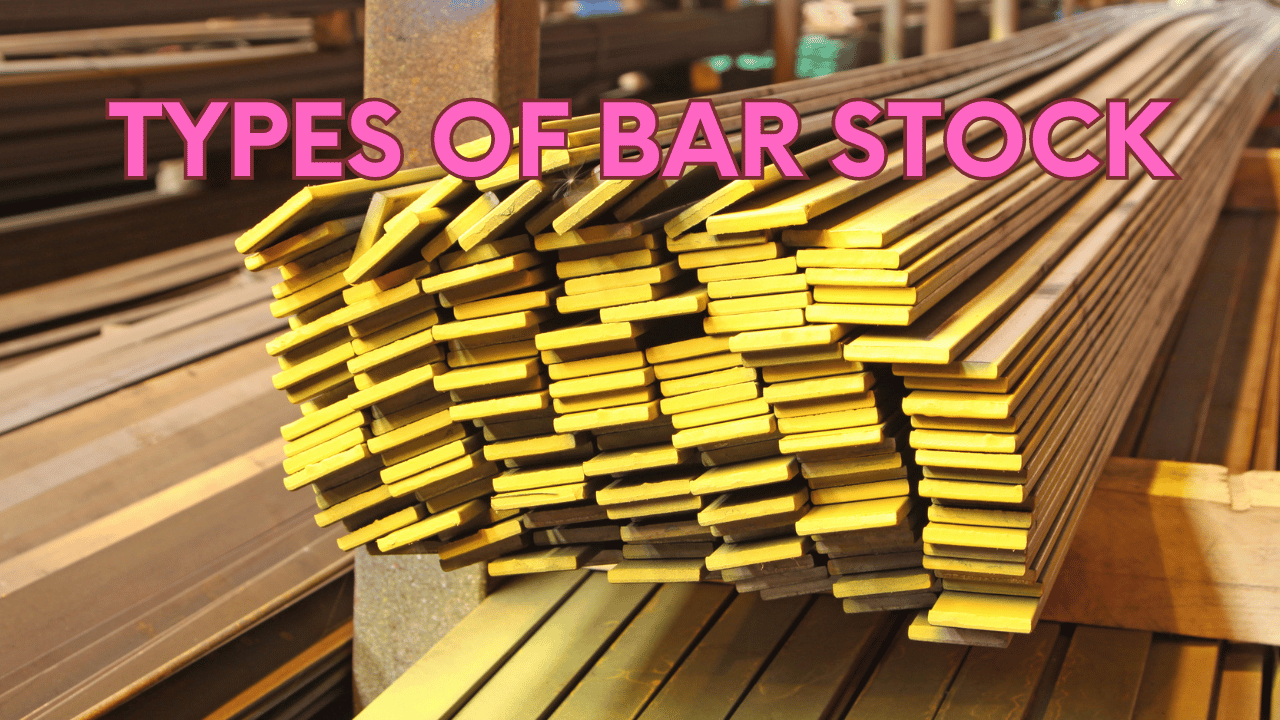Introduction
Do you know what is bar stock? Whether you’re a seasoned professional or a curious beginner, this article is your go-to resource for all things related to bar stock. In this comprehensive guide, we’ll delve into the intricacies of bar stock, exploring its definition, types, applications, and much more. So, let’s get started on this exciting journey of discovery.
What is Bar Stock?
Bar stock is a term commonly used in manufacturing and engineering circles. It refers to metal bars or rods that are readily available in standardized shapes and sizes. These bars are essential raw materials used in various industries for creating a wide range of products. Bar stock is typically made from metals like steel, aluminum, brass, and copper.
Understanding Bar Stock Dimensions
When it comes to bar stock, dimensions matter. These metal bars come in different shapes and sizes, including round, square, rectangular, and hexagonal. The choice of dimensions depends on the specific application and requirements of the project.
Types of Bar Stock
There are several types of bar stock available, each with its unique properties and applications. Some common types include:

Round Bar Stock: Used for shafts, fasteners, and general machining.
Square Bar Stock: Ideal for making precision parts and components.
Rectangular Bar Stock: Widely used in construction and architectural projects.
Hexagonal Bar Stock: Known for its strength and versatility.
Why Bar Stock Matters
Bar stock plays a pivotal role in various industries, such as manufacturing, construction, automotive, and aerospace. Its versatility and availability make it a crucial resource for engineers and designers. Bar stock serves as the foundation for creating everything from small machine parts to large structural components.
Advantages of Using Bar Stock
Consistency: Bar stock is manufactured with precise dimensions, ensuring consistency in the final product.
Cost-Efficiency: Bulk purchasing of standardized bar stock can lead to cost savings.
Machinability: Bar stock is easy to machine, making it suitable for a wide range of applications.
Applications of Bar Stock
Bar stock finds applications in numerous industries, including:
Manufacturing: Used to create components for machinery and equipment.
Construction: Utilized in the construction of buildings and infrastructure.
Automotive: Essential for manufacturing vehicle parts and assemblies.
Aerospace: Required for building aircraft components.
Frequently Asked Questions (FAQs)
Q1. What are the common materials used for bar stock?
A1. Bar stock is typically made from metals like steel, aluminum, brass, and copper.
Q2. Can bar stock be customized to specific dimensions?
A2. Yes, bar stock can be custom-cut to meet the exact dimensions required for a project.
Q3. Is bar stock only available in straight lengths?
A3. No, bar stock can also be purchased in various shapes, including coils and rolls.
Q4. What is the difference between round and square bar stock?
A4. Round bar stock is cylindrical, while square bar stock has a square cross-section. The choice depends on the project’s requirements.
Q5. Are there any environmental considerations when using bar stock?
A5. Recycling bar stock is an environmentally friendly practice, as it reduces waste and conserves resources.
Q6. Where can I purchase high-quality bar stock?
A6. You can find bar stock at reputable metal suppliers and distributors. Online options are also available.
Conclusion
In conclusion, bar stock is a fundamental building block in various industries, contributing to the creation of countless products and structures. Its versatility, availability in different materials, and customization options make it an indispensable resource for engineers and manufacturers. Whether you’re working on a small DIY project or a large-scale industrial endeavor, understanding bar stock is key to success.








